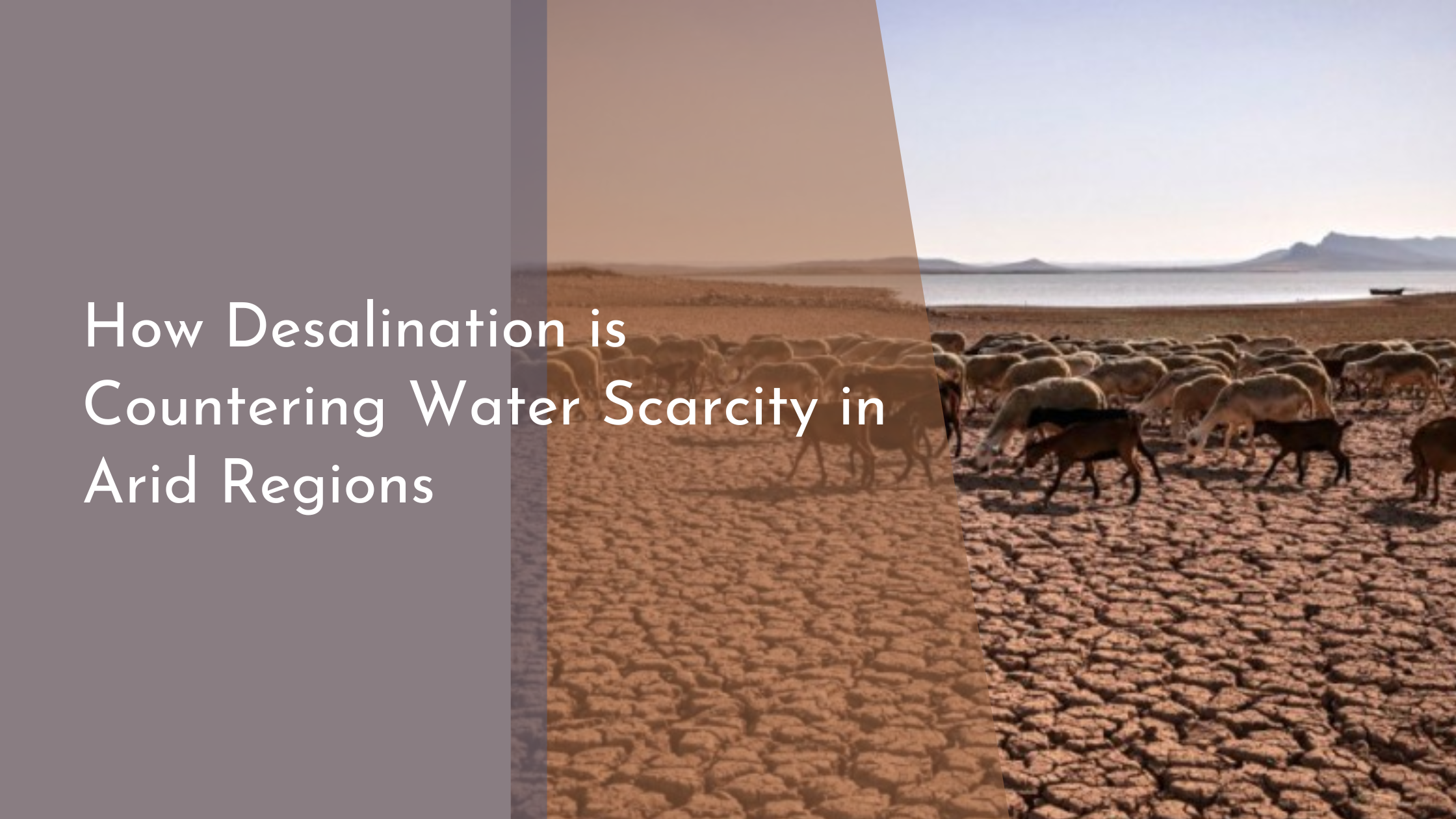How Desalination is Countering Water Scarcity in Arid Regions
In an era where climate change and population growth are intensifying water scarcity, particularly in arid regions, desalination technology emerges as a beacon of hope. By transforming seawater into potable water, desalination provides a sustainable solution to meet the growing demand. This article delves into the mechanics of desalination, its benefits and challenges, and its promising future as a reliable source of fresh water in desert landscapes.
Understanding the Need for Desalination
Water scarcity is a pressing issue affecting millions worldwide, especially in arid regions. These areas often suffer from limited freshwater resources, resulting in droughts, agricultural challenges, and even conflicts over water distribution. As urbanization accelerates and the agricultural demand for water increases, traditional water sources such as rivers and groundwater are becoming insufficient. Desalination offers a viable alternative by tapping into the vast, virtually limitless supplies of seawater, ensuring a more stable and abundant water source.
The escalating water crisis not only threatens the health and wellbeing of populations but also hampers economic development. Industries and agriculture rely heavily on consistent water availability for production and growth. In many arid regions, the gap between demand and supply is widening, necessitating innovative solutions like desalination. By providing a reliable source of freshwater, desalination can help address these needs, reducing dependency on overused sources and mitigating the impacts of water scarcity on society.
How Desalination Technology Works
Desalination is the process of removing salt and other impurities from seawater to produce fresh water suitable for human consumption and irrigation. The most common desalination methods are reverse osmosis (RO) and thermal distillation. Reverse osmosis involves forcing seawater through a semi-permeable membrane that filters out salt and other impurities. This method is energy-efficient and widely used due to its effectiveness in producing large volumes of fresh water.
Thermal distillation, on the other hand, mimics the natural water cycle by heating seawater to create steam, which is then condensed back into liquid form, leaving salts and impurities behind. Although this method requires more energy compared to reverse osmosis, it can be advantageous in regions where waste heat from industrial processes is available. Both methods have their merits, and the choice between them often depends on local conditions, available resources, and specific water quality requirements.
Benefits of Desalination in Arid Regions
Desalination provides a steady supply of fresh water, which is crucial for sustaining life in arid regions. By supplementing existing water supplies, desalination helps prevent over-extraction of groundwater, which can lead to land subsidence and other environmental issues. Moreover, with climate change causing unpredictable shifts in precipitation patterns, desalination offers a dependable water source, ensuring communities have access to water even during prolonged droughts.
In addition to providing drinking water, desalinated water supports agriculture and industry, essential components of economic stability and growth. In many arid regions, agriculture is a significant part of the economy, yet it is often severely constrained by water scarcity. Desalination allows for irrigation of crops and livestock watering, enhancing food security and supporting agricultural livelihoods. Likewise, industries that require large amounts of water benefit from the consistent availability of desalinated water, enabling them to maintain productivity without depleting local freshwater resources.
Challenges and Future Prospects in Desalination
Despite its advantages, desalination faces several challenges. The process can be energy-intensive and costly, making it less accessible for some regions. Additionally, the environmental impact of desalination, particularly the disposal of brine, poses potential risks to marine ecosystems. However, ongoing research and technological advancements are focused on addressing these issues. Innovations such as energy recovery devices and solar-powered desalination systems are being developed to reduce costs and environmental impacts, making the technology more sustainable and widespread.
Looking to the future, the prospects for desalination are promising. As technologies evolve and become more efficient, the cost and environmental footprint of desalination are expected to decrease. Governments and organizations around the globe are investing in research and infrastructure to harness the full potential of desalination. By integrating it with other water management strategies and renewable energy sources, desalination could become a cornerstone of sustainable water supply systems, particularly in water-stressed regions.
Desalination is not just another technological advancement; it represents a lifeline for arid regions grappling with severe water scarcity. By overcoming current challenges and leveraging future innovations, the potential for desalination to revolutionize water access is immense. As we continue to refine these technologies, desalination may well become the key to unlocking a sustainable and secure water future for vulnerable communities worldwide.

